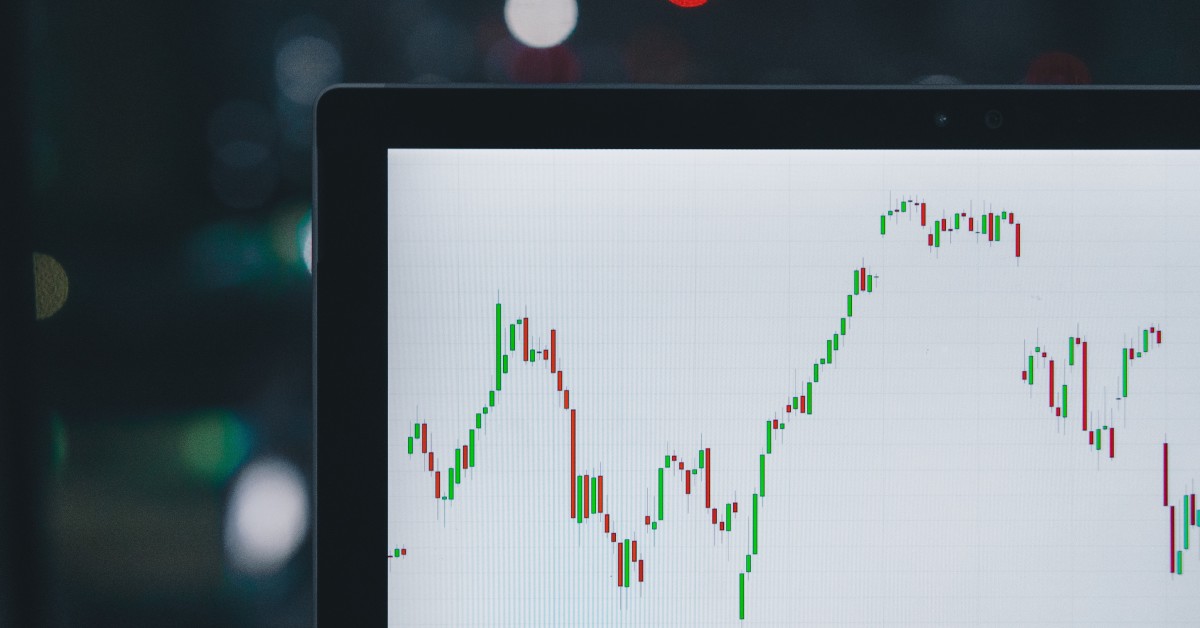
Is Earning a Master's Degree in Business Intelligence Worth It?
Modern business intelligence is all about data, which is why [...]
The ideas for robot butlers and self-driving cars have been around longer than data science—you’ll find them in old comic books, science fiction novels, and futuristic movies. It took the advent of big data and data science, however, to turn what previously were flights of fancy into reality.
Data science refers to the gathering, cleaning, processing, and analysis of data sets, and the communication of those results to stakeholders. Through data science, it’s possible to glean extraordinary insights into the way things work and how people behave. It can provide surprising revelations on just about anything; speech patterns and personality traits, for example.
The rise of data science has been so meteoric that it’s easy to forget it’s a relatively new field, even by tech standards. Though data science itself began in the 1960s (it’s a branch of computer science), the term data scientist was coined less than 15 years ago. Data science has grown to touch every aspect of modern life since then. Today, US News & World Report ranks data scientist number six on its list of top 100 jobs.
Continue reading to learn more about how is data science changing the world? and starting a career in the field. This article discusses:
Data science’s popularity exploded in the 2010s. While multi-talented professionals had been studying the field for years, it took decades for their work to produce effective applications. Companies have collected user data since the 1990s but only recently began to translate the results into sales.
It’s not only about big data; small data has numerous uses as well. According to Bernard Marr, self-driving cars use small data to power the machine learning systems utilized in self-driving cars. Big data pulled from cloud storage would be too cumbersome to power real-time decision-making in traffic; that’s why self-driving cars rely on small data to power more-nimble TinyML (ML = machine learning) systems.
Small data also improves the customer experience in e-commerce; machine learning systems use the personal data companies collect to make purchasing suggestions. Similarly, social media sites like Facebook and LinkedIn and dating apps like Tinder or Hinge use customer data to optimize posts or potential matches.
Anything with “smart” in its name likely relies heavily on data science. Smart cities need data science algorithms to control stoplights and operate HVAC systems, for example. Data science makes new technologies operational in the real world as developments like the internet of things (IoT) and 5G continue to improve.
Data science also helps bridge the gap between the developing and developed world. The insideBIGDATA article “Data Science is Changing the World for the Better: Here’s How” describes how developing countries are learning—with help from companies like Microsoft, Google, and Amazon—to combat diseases and practice new farming techniques using data. (These programs are not without their critics.)
Finally, new data science developments occur all the time. For example, Fast Company recently ran an article explaining how data science can help stop the spread of coronavirus. The author, Ron Gutman, says a disease tracker—likely relying on machine learning—can help predict outbreaks the way weather forecasters use data science to predict storms. Communities could use these predictions to drive preventative measures.
Some of the best-paying jobs around are in data science. While traditional tech hubs like New York City, Silicon Valley, and more recently, Denver and Austin, continue to attract the most data scientists, excellent jobs can be found elsewhere across the country. Data scientists have some of the most flexible jobs in terms of working remotely.
The following data science positions all draw high salaries; location, experience, and company can influence your earnings. All numbers in this article come from Glassdoor and reflect national averages.
Top data science jobs include:
Data architects create and maintain database systems that prepare data for analysis. They build models and utilize machine learning techniques to wrangle unstructured data into a usable form. This position requires excellent programming skills. The average data architect earns over $150,000 annually with the highest-paid architects earning around $330,000.
Data scientists use data and analytics tools to leverage data sets and better inform the decision-making process. They can work in any industry, including business and healthcare. Like data architects, data scientists rely on machine learning and visualization tools to work with information. The average data scientist earns nearly $122,00 per year with the high end of the salary range reaching nearly $675,000.
This job is part of the software engineering family. Machine learning engineers create and operate models to gather data and may help data scientists interpret data. Beyond advanced machine learning and programming skills, software engineers need data visualization, statistical computing, and data mining skills to specialize in this field. Machine learning engineers earn an average annual salary of almost $123,000 with top professionals earning nearly $400,000.
| University and Program Name | Learn More |
|
Boston College:
Master of Science in Applied Analytics
|
|
|
Merrimack College:
Master of Science in Data Science
|
Though data science recruiters are often desperate for new talent, securing a job in this field isn’t always easy. The best positions are highly competitive, requiring excellent skills. To put yourself in contention for a top data science role, consider earning a Master of Science (MS) in Data Science. According to Stitch Data, 42 percent of data scientists have a master’s and 38 percent have PhDs. That means roughly 80 percent of data scientists hold an advanced degree, suggesting the degree is all-but-mandatory for managerial and executive positions.
A master’s degree typically takes two years to complete on a full-time basis. Part-time and accelerated options are available.
You’ll likely need to submit letters of recommendation, undergraduate/graduate transcripts showing a minimum GPA of 3.0, standardized test scores (though many programs are test-optional now), your resume, and a personal essay. You may need to sit for an interview.
A couple of years of work experience in a relevant role, such as an entry-level data analytics or business analytics position, can help your admissions chances. Schools typically look for applicants with the necessary programming skills and mathematical understanding to succeed during the degree program. Those without experience may need to complete bridge coursework.
Data science curricula typically divide coursework between core and elective courses. Common core classes include:
Elective coursework may introduce you to new areas of data science, such as cryptography or cybersecurity, or allow you to delve deeper into a subject you already know about.
If you want to earn a position requiring a unique skill set, such as a machine learning engineer, you may consider specializing as part of your data science education. Most programs allow for specialization, including additional core and elective coursework, but not all offer the same opportunities. Top specializations include artificial intelligence, big data, bioinformatics, cybersecurity, and machine learning.
You also can focus on an area of data science through a capstone or thesis project. Though you can complete a non-capstone program or write a paper to prepare yourself for an academic career, a capstone project is an excellent way to build your portfolio for potential employers and showcase the skills you learned during your degree.
Top master’s in data science programs include:
Questions or feedback? Email editor@noodle.com

Modern business intelligence is all about data, which is why [...]

Quant nerds can make a lot of money in data [...]

According to the Bureau of Labor Statistics, project managers earn [...]

A lot of factors come into play. Think: demand, specialization, [...]

A degree in statistics can launch your career as a [...]
Categorized as: Data Science, Information Technology & Engineering